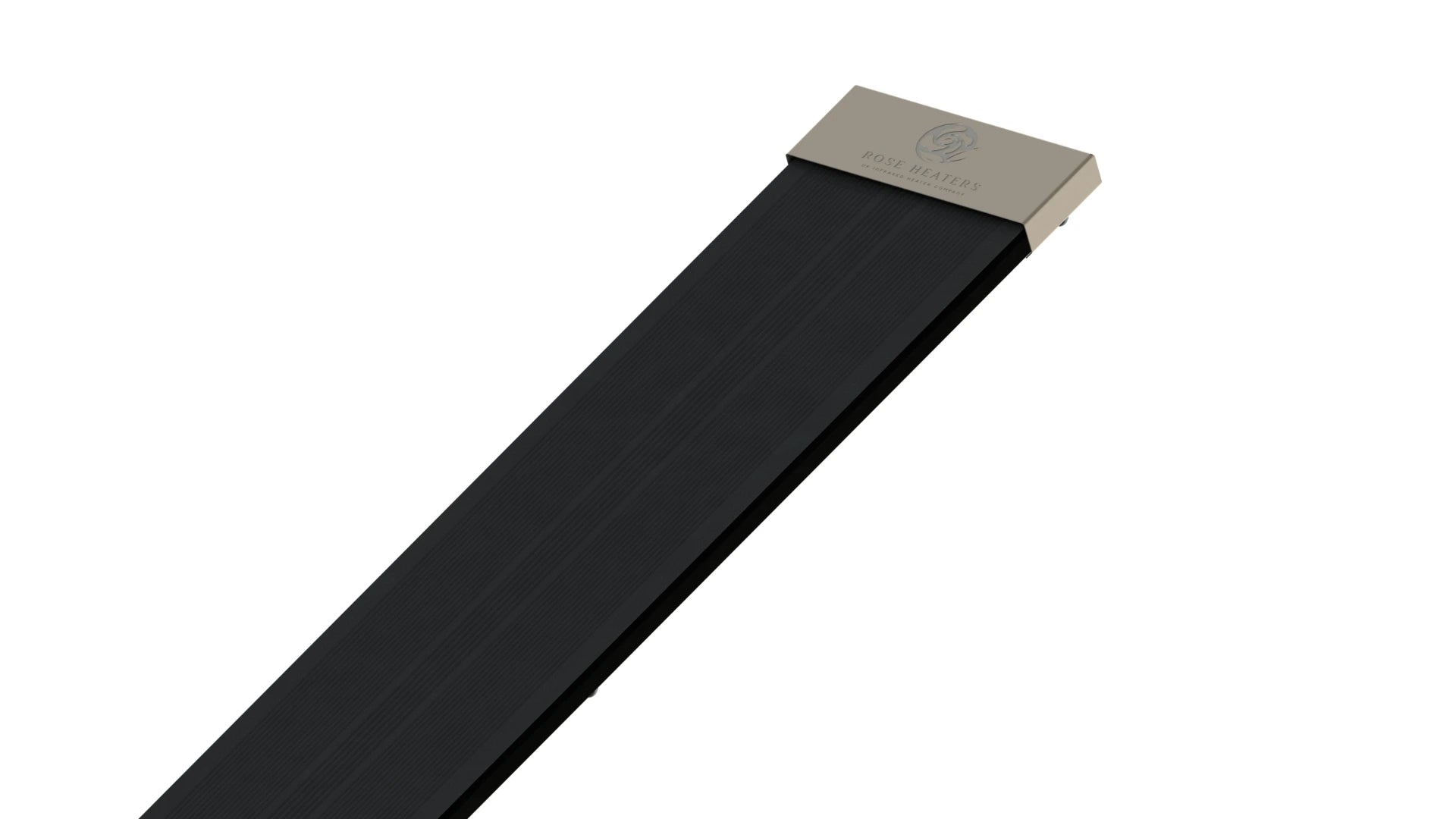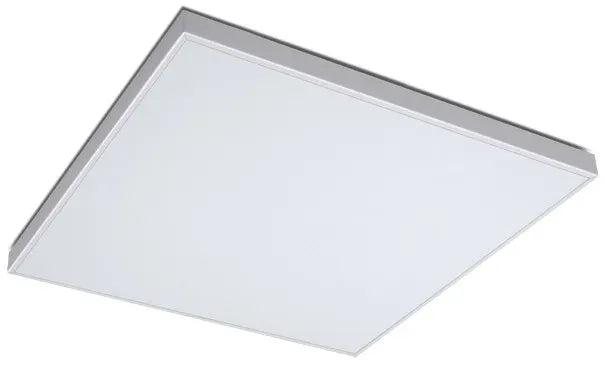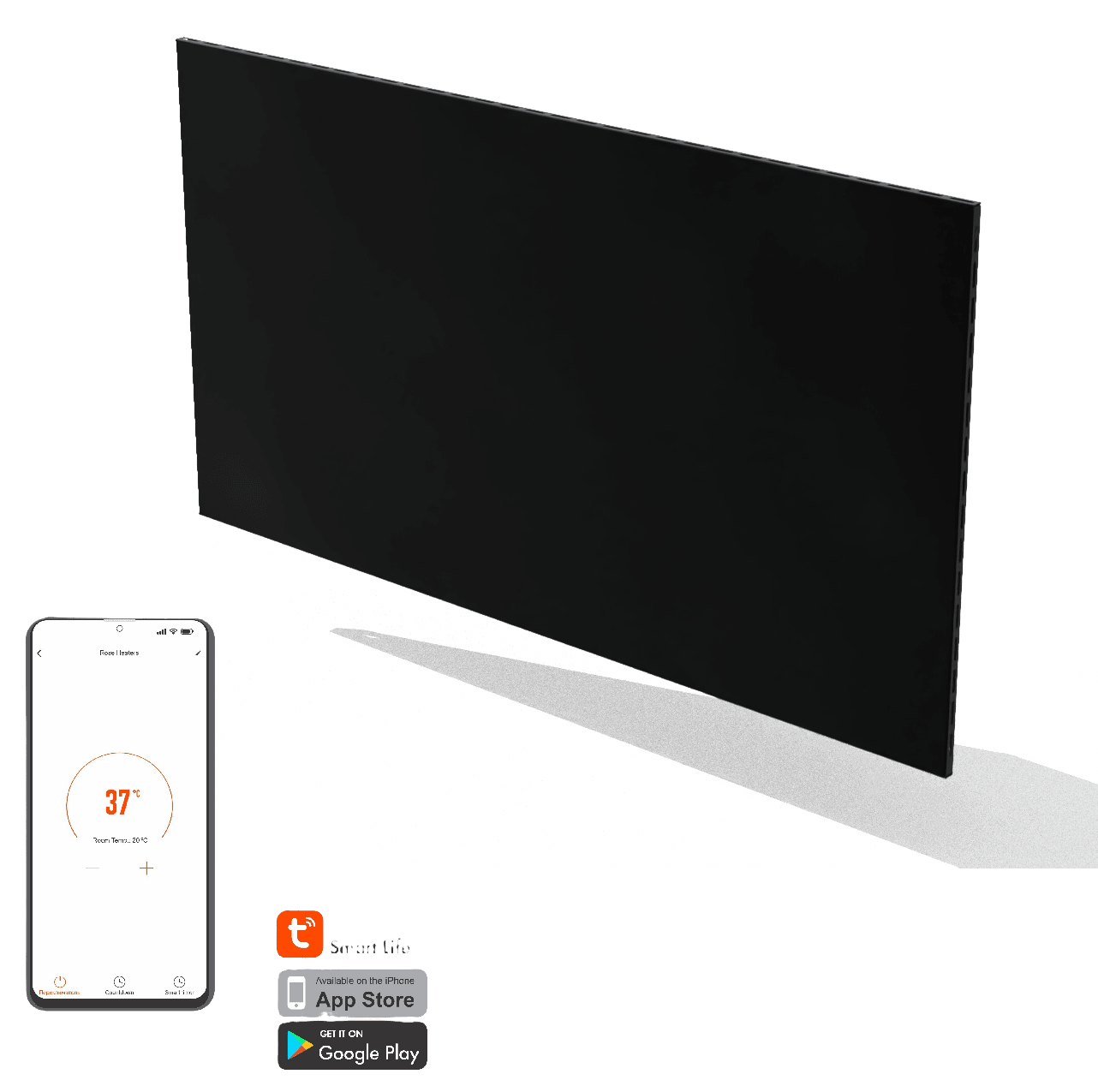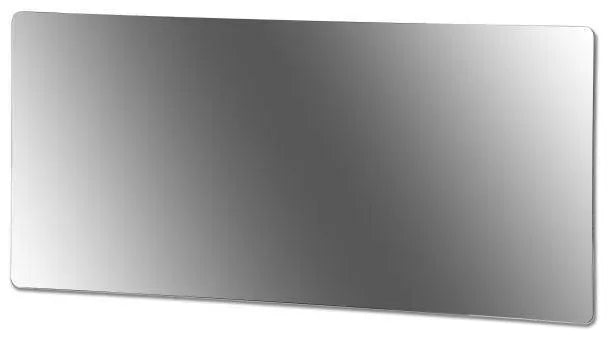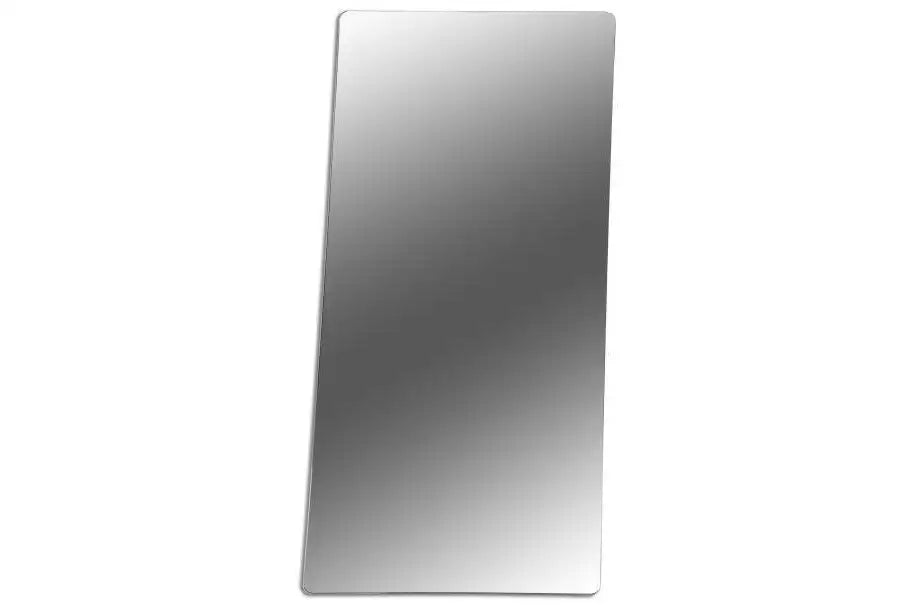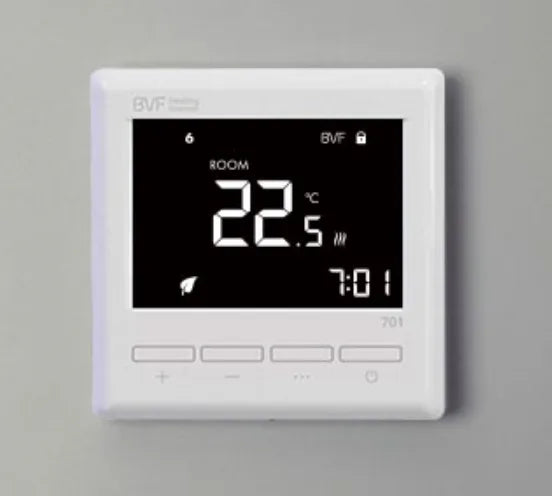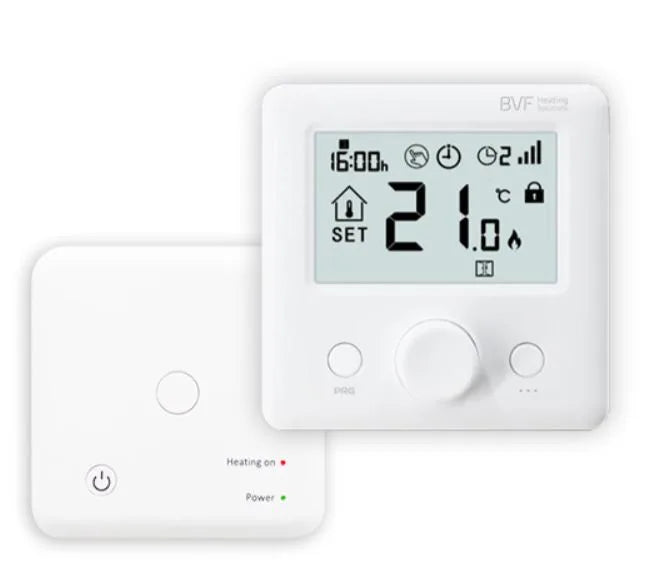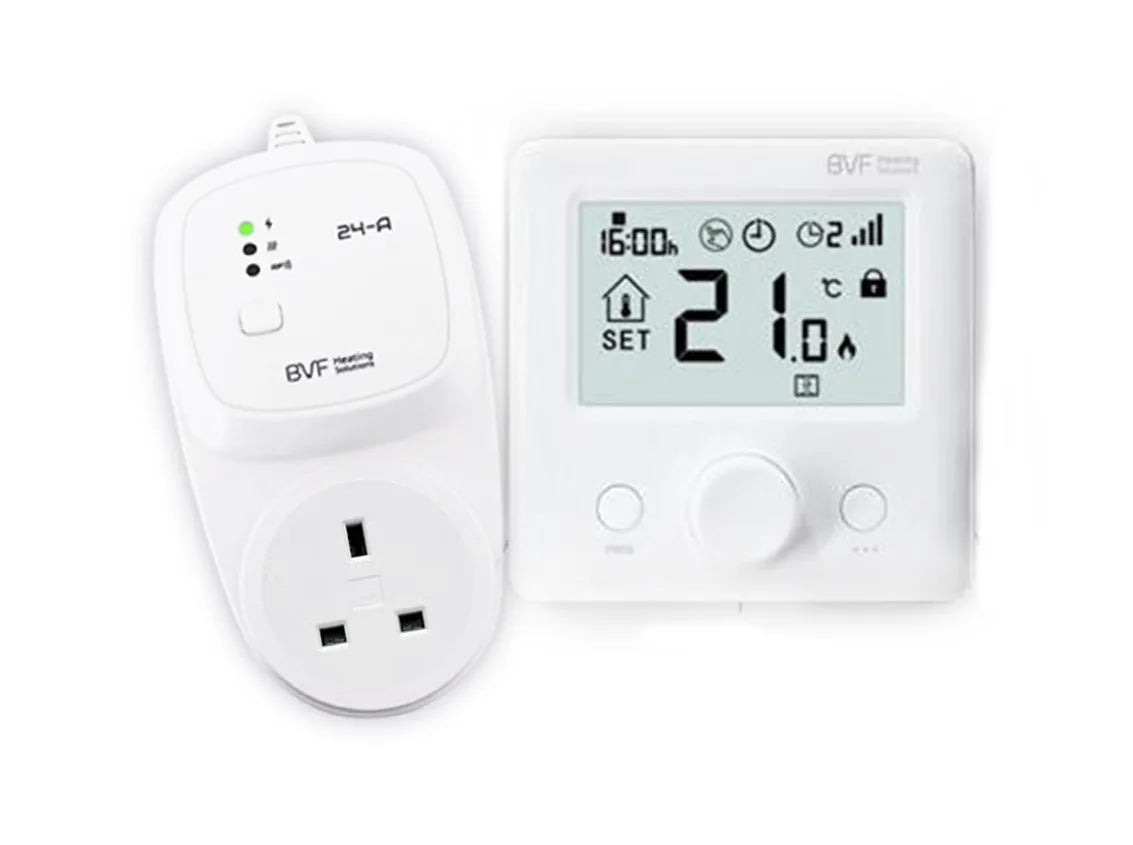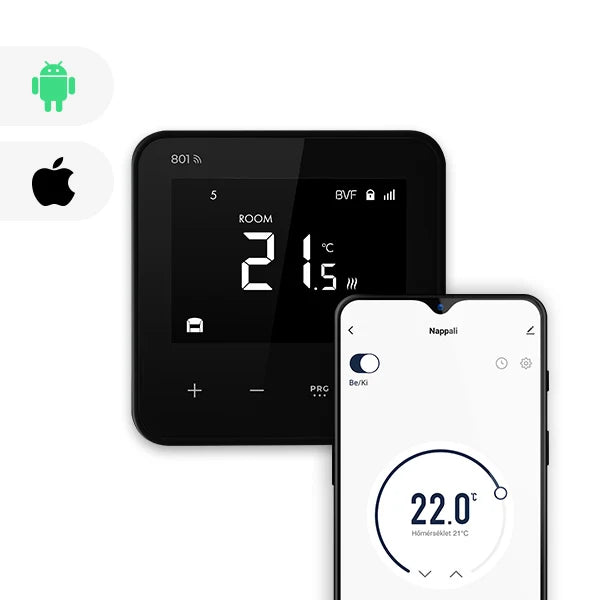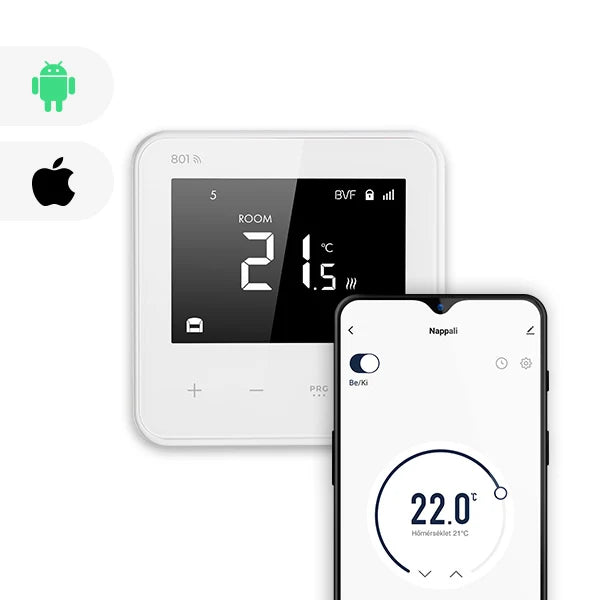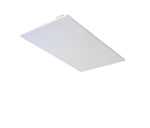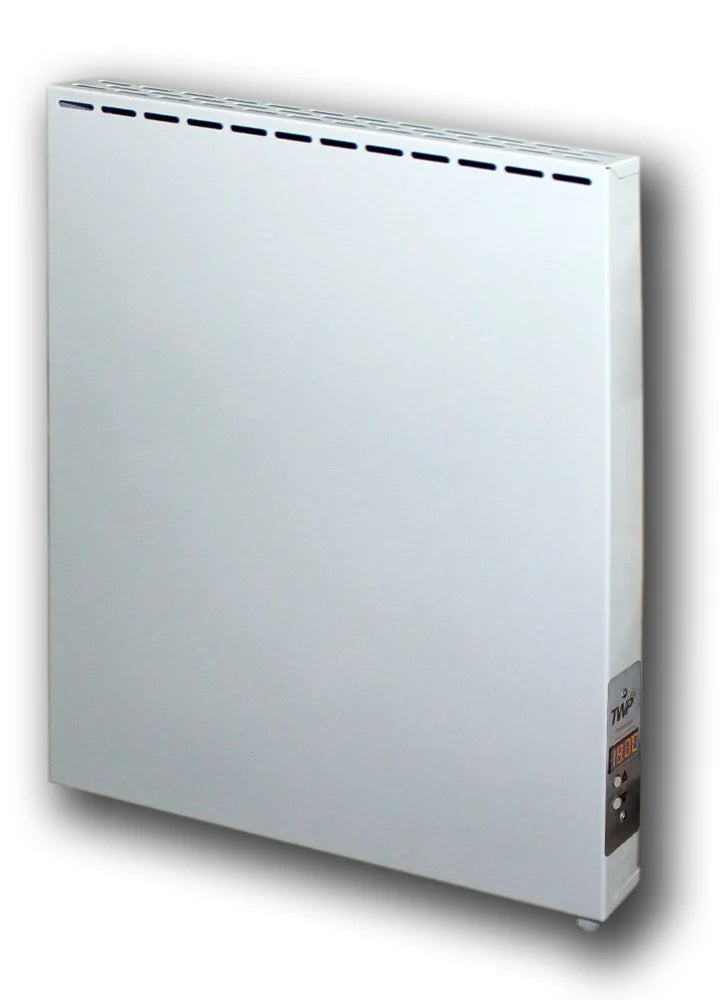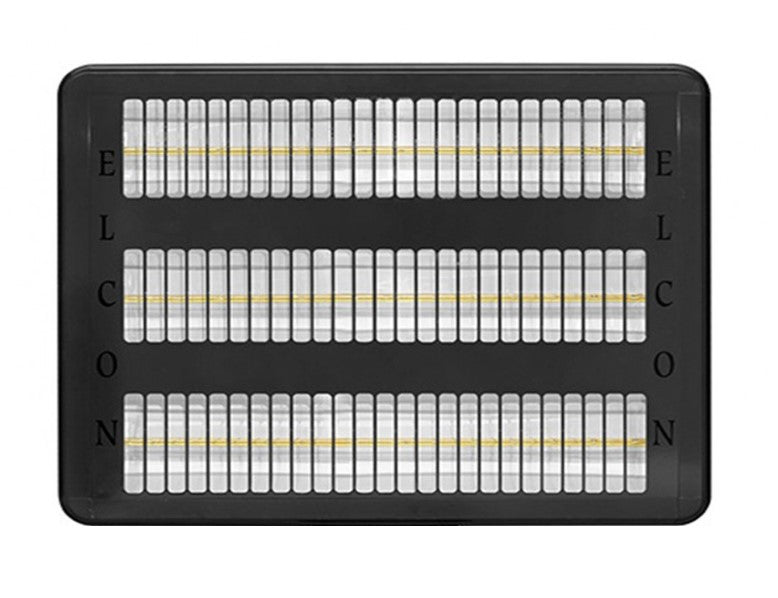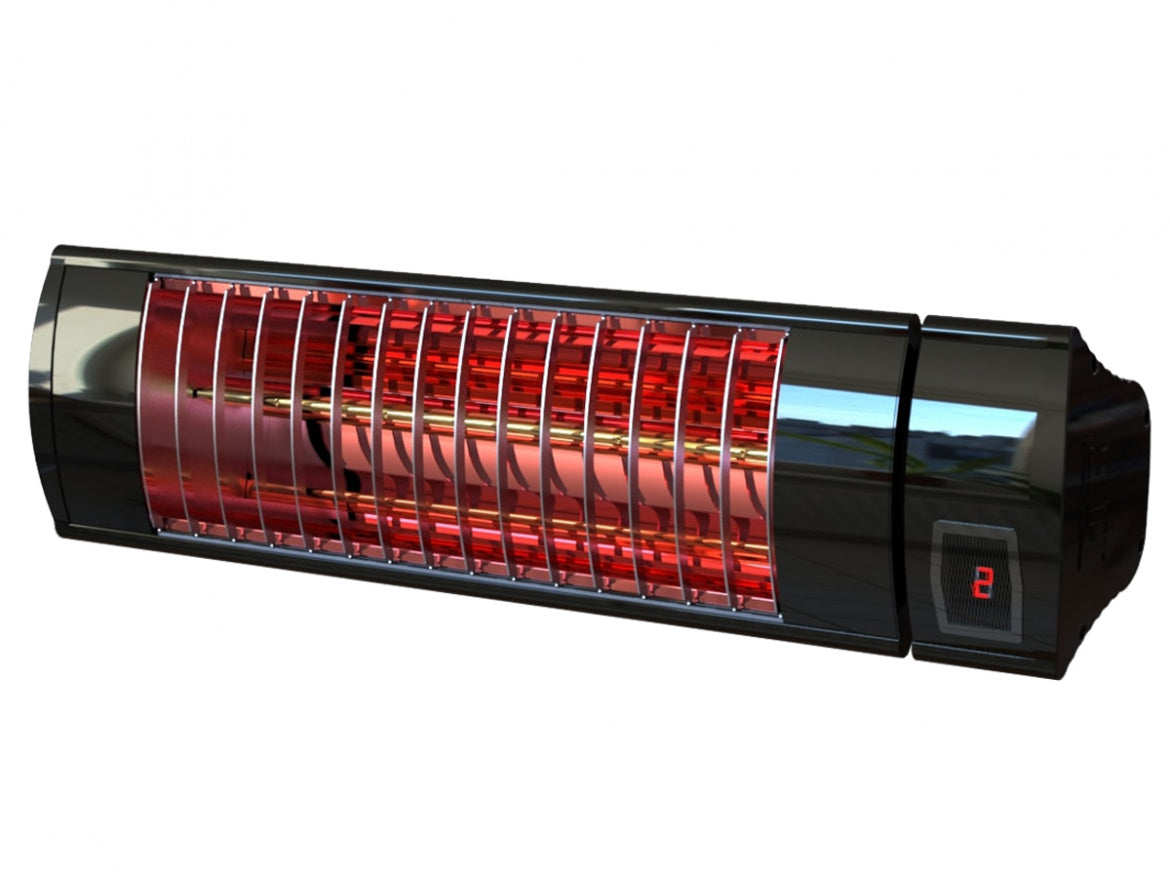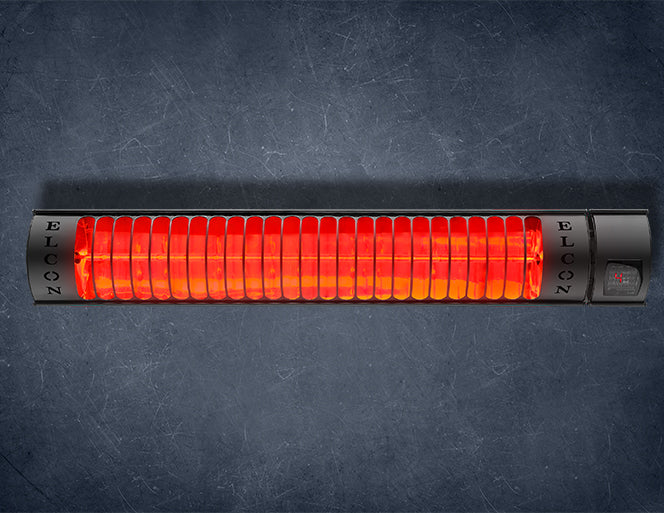Menu
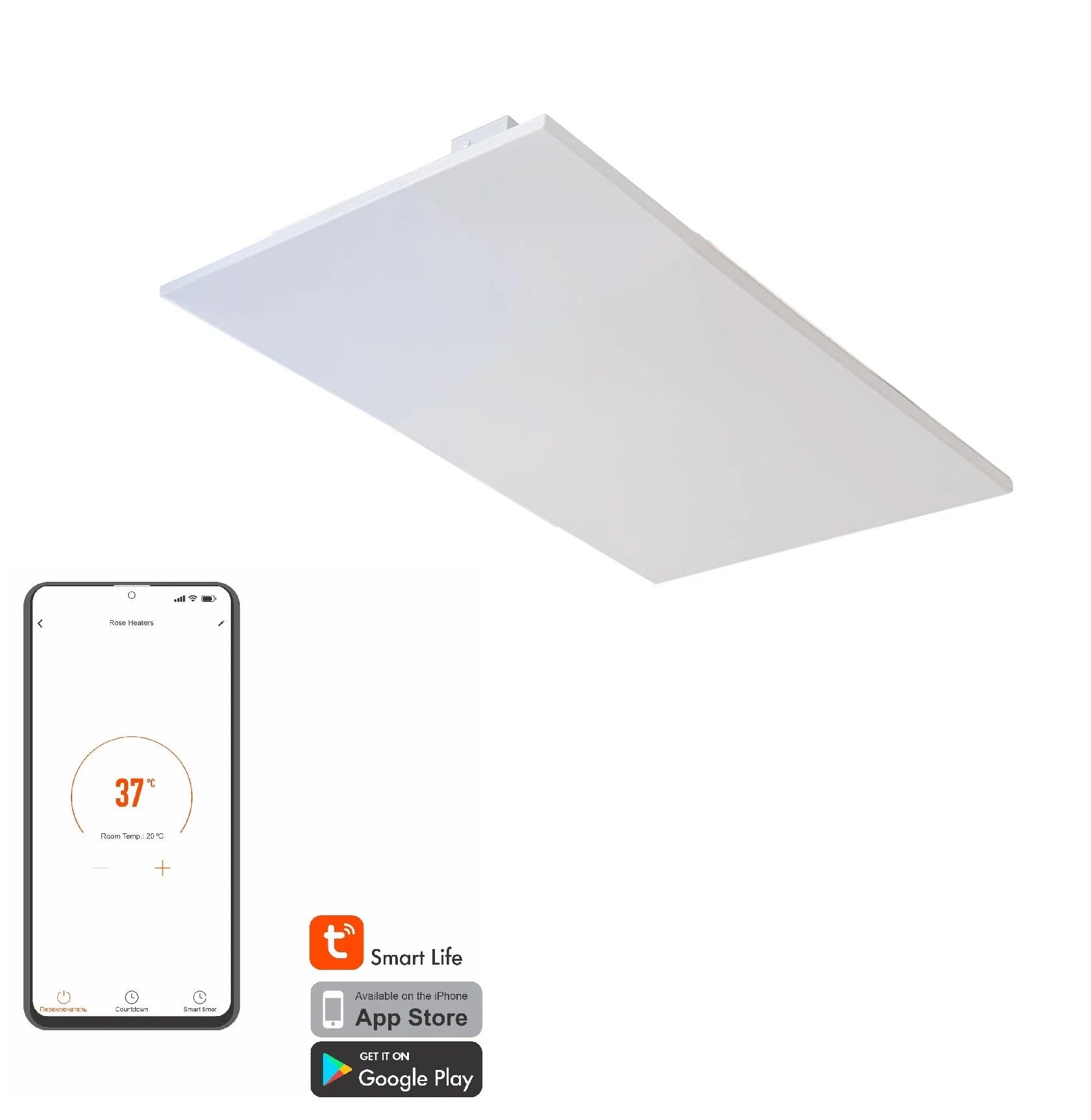
Lotus Far Infrared Ceiling Heating Panel with Smart WiFi Thermostat & Remote – Ultra-Efficient & Slimline (350W–1000W)
£209
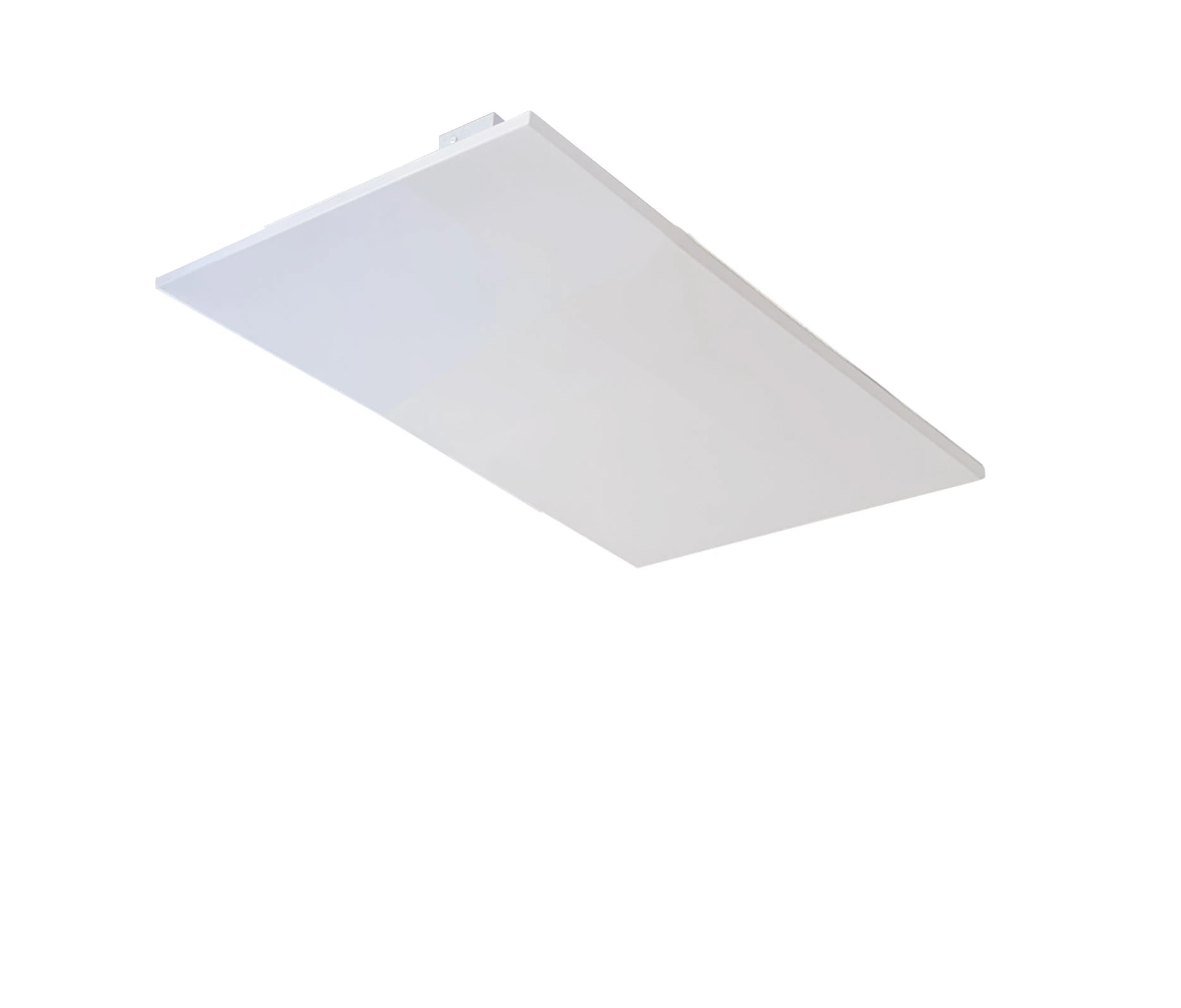
Lotus Far Infrared Nanocrystalline Ceiling Heating Panel – Ultra-Efficient Slimline Heater - White (350W–1000W)
£149
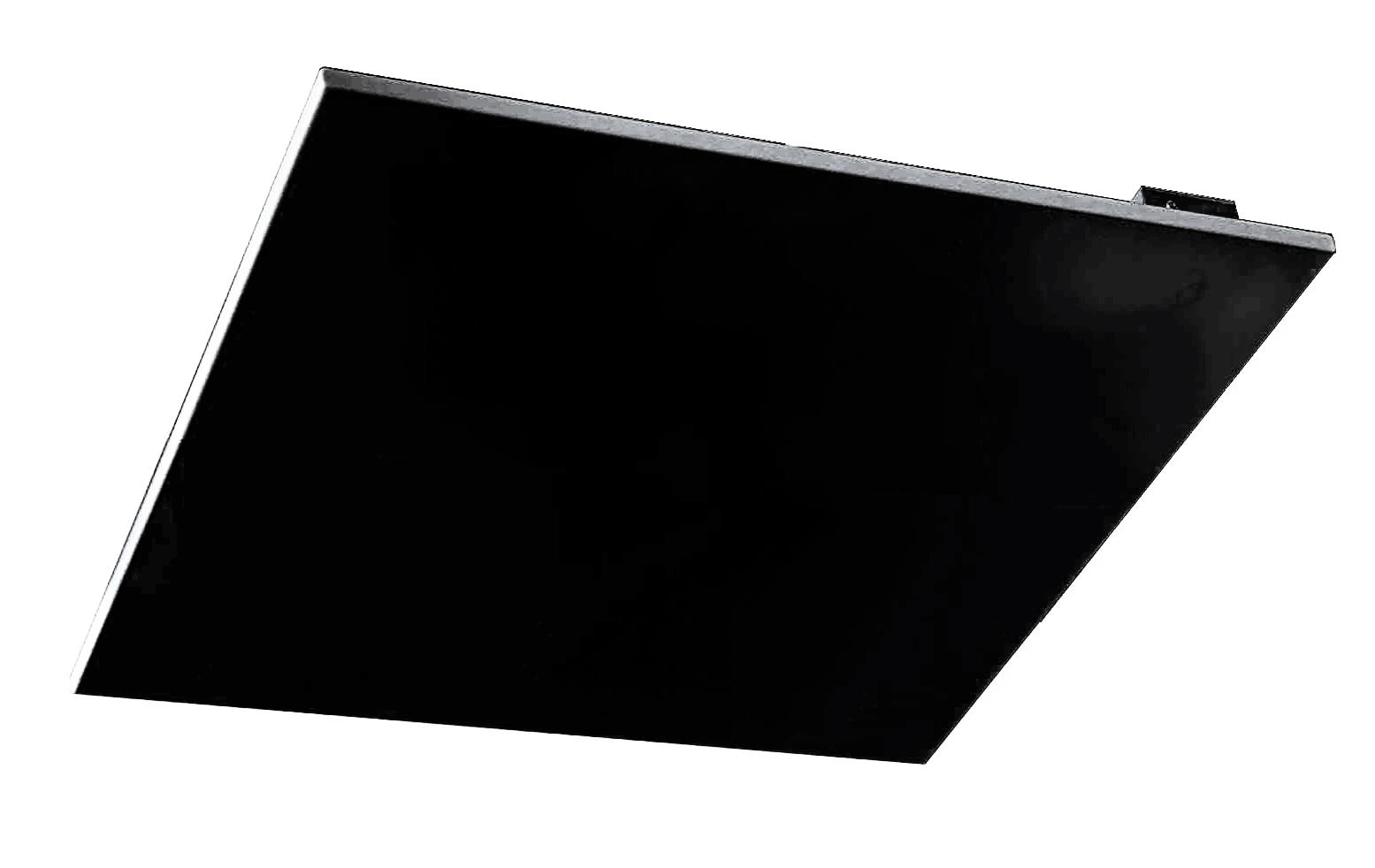
Lotus Far Infrared Nanocrystalline Ceiling Heating Panel – Ultra-Efficient Slimline Heater - Black (400W & 800W)
£159
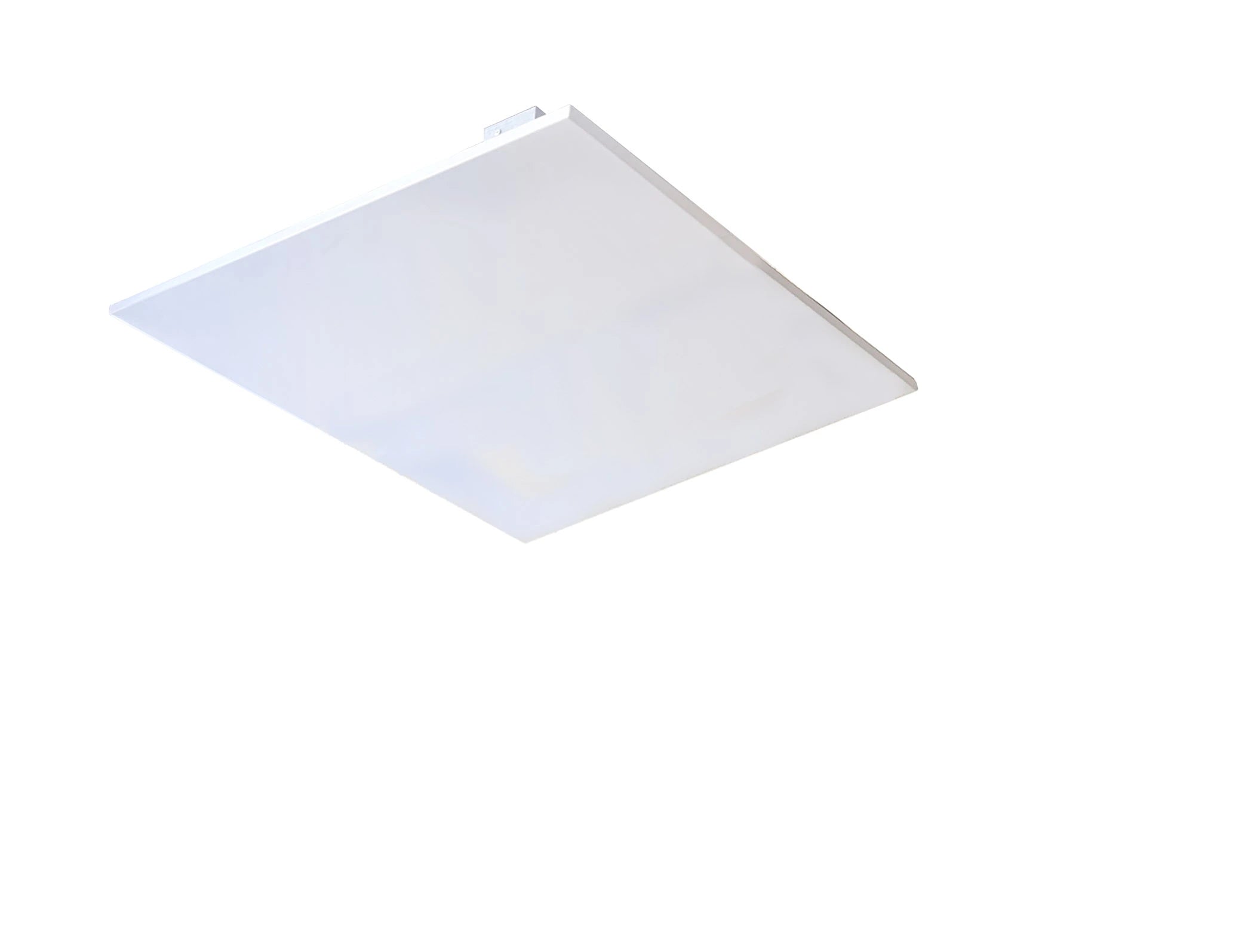
Lotus Far Infrared Heating Panel for Armstrong Suspended Ceiling Grids – Ultra-Efficient (400W & 800W)
£159
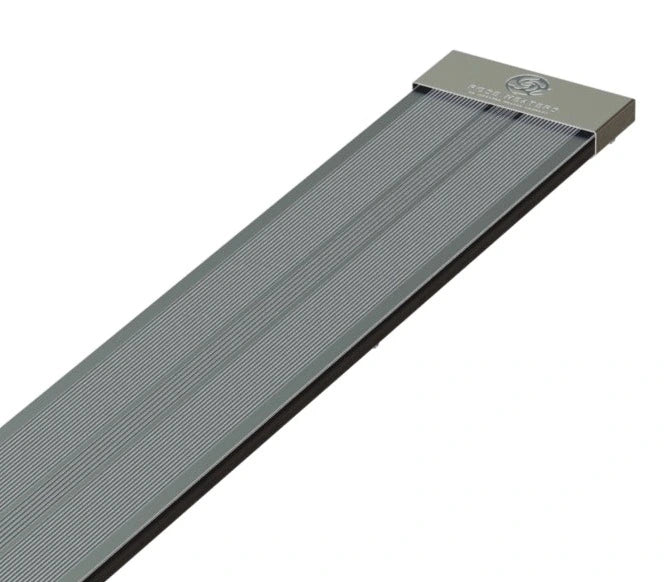
Rose-Pro Far Infrared Ceiling & Wall Heating Panel – Slim, High-Efficiency Metal Heater - Silver (500W–4000W)
£119
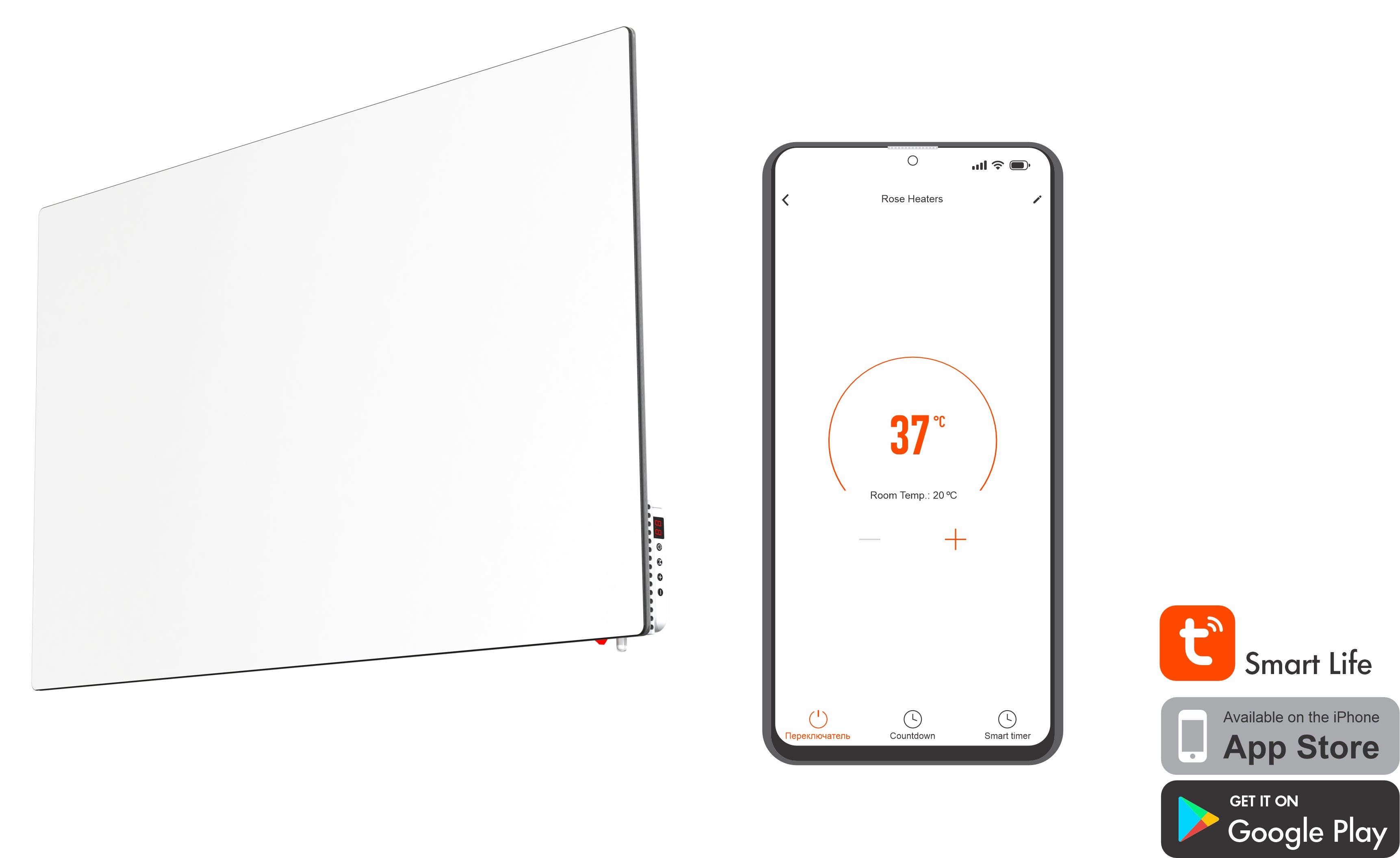
Lavender Smart Glass Far Infrared Heater – Sleek Wall Panel with WiFi Thermostat or Manual Control - White (400W & 800W)
£149
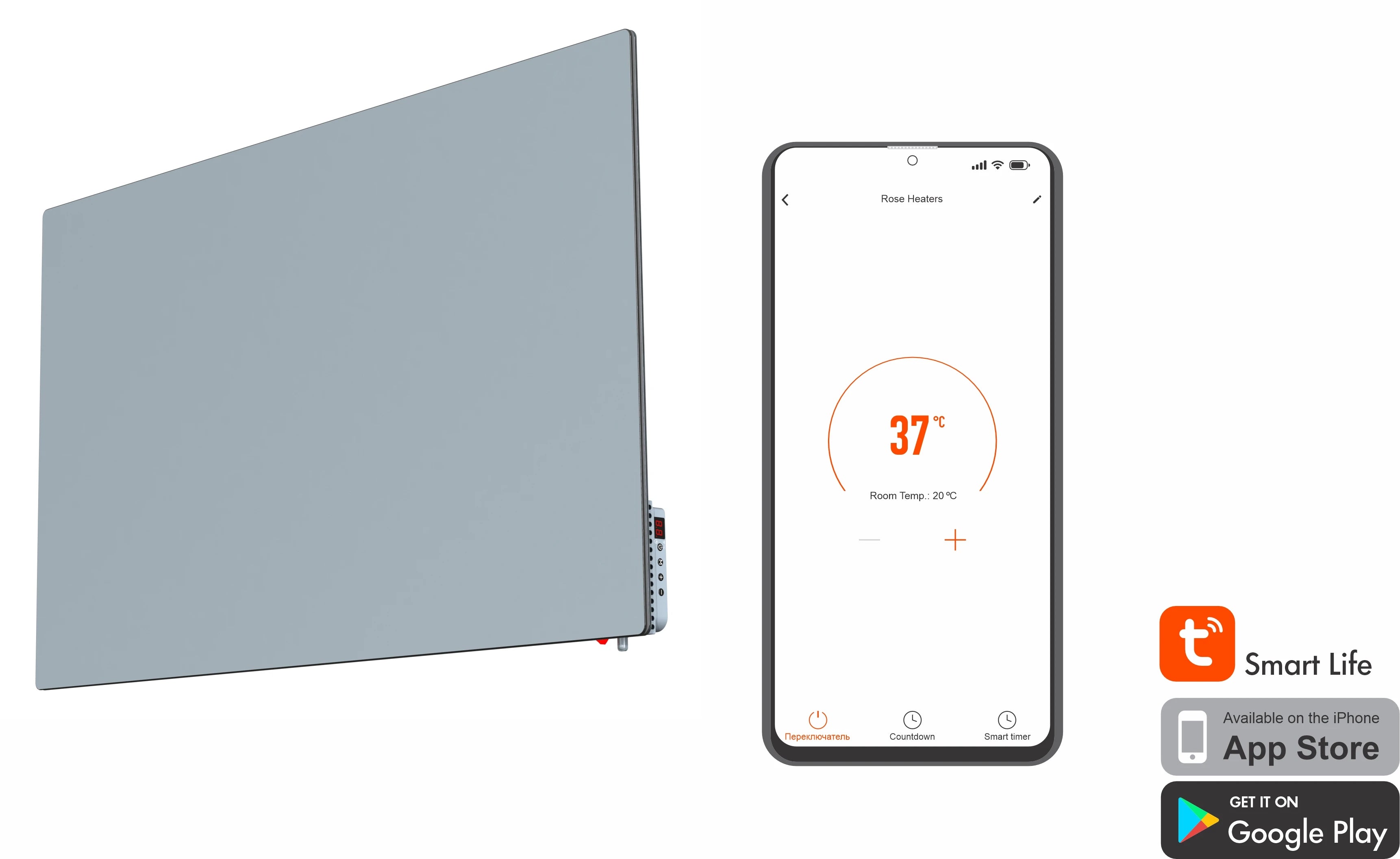
Lavender Smart Glass Far Infrared Heater – Sleek Wall Panel with WiFi Thermostat or Manual Control - Grey (400W & 800W)
£149
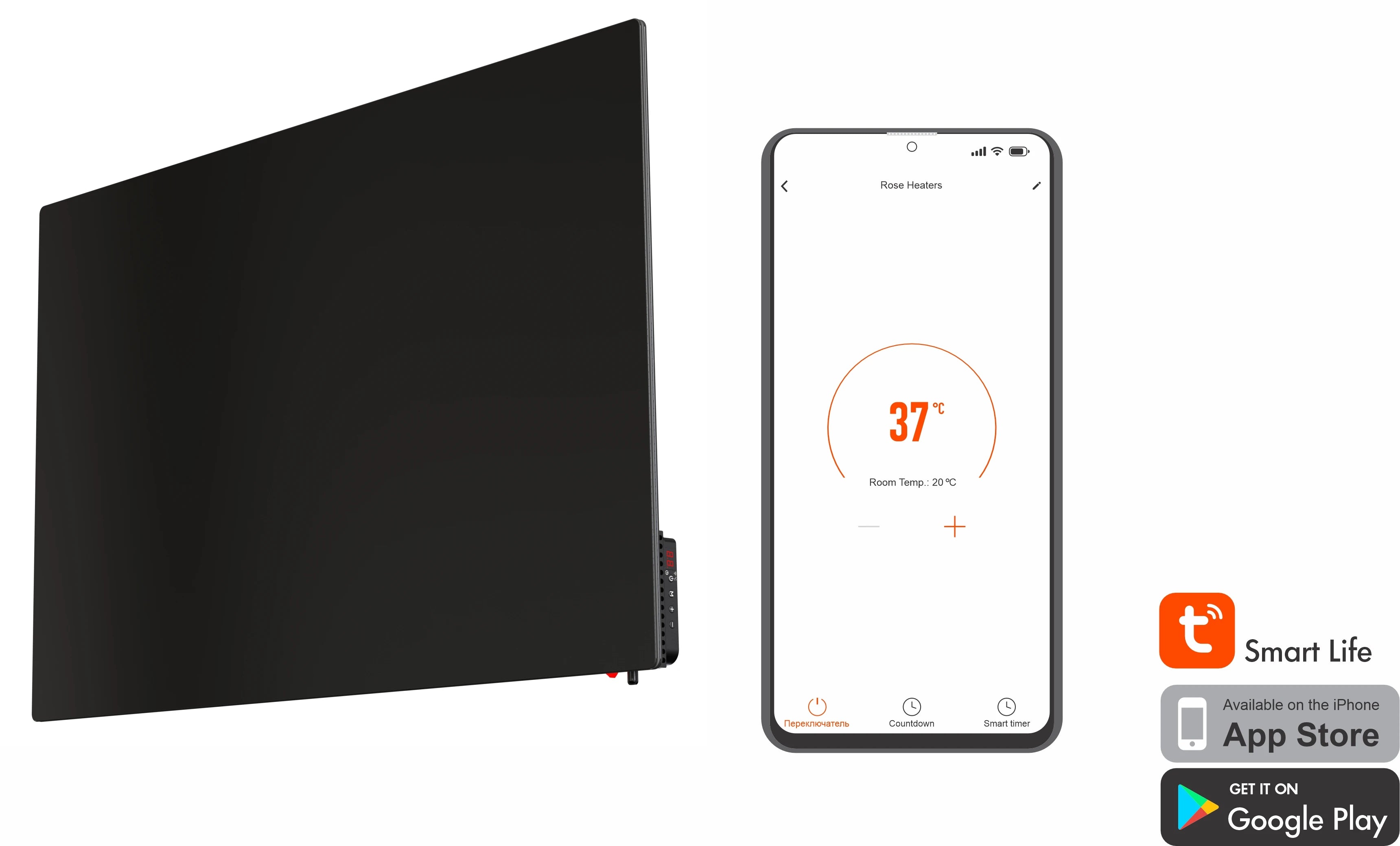
Lavender Smart Glass Far Infrared Heater – Sleek Wall Panel with WiFi Thermostat or Manual Control - Black (400W & 800W)
£149
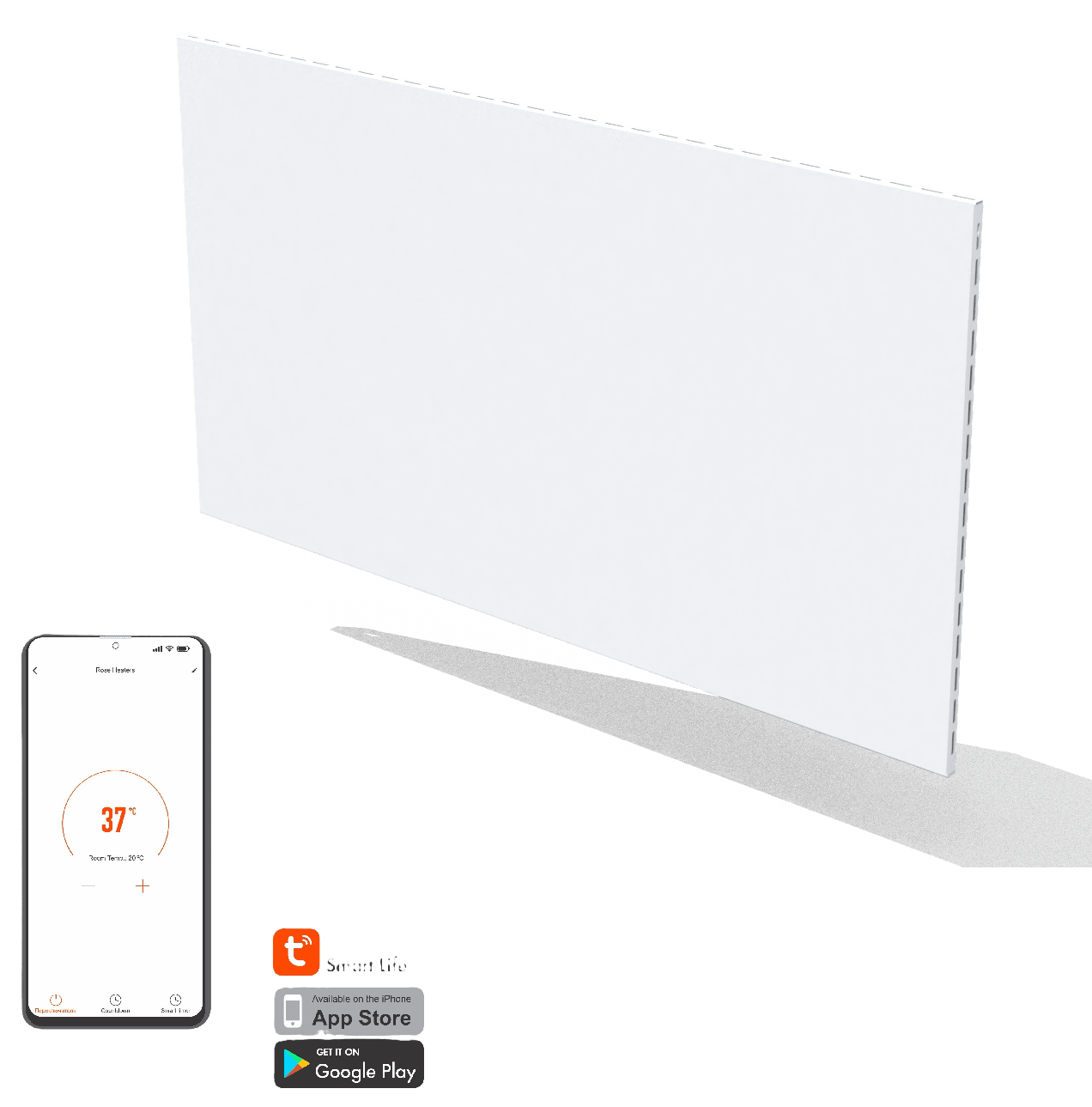
Aster Infrared Thermal Wave Panel – Hybrid Heater with Built-in WiFi Thermostat & Remote - White (600W–1350W)
£199
Terms & Conditions
About Us
Popular collections
-
Ceiling Heaters

Lotus Far Infrared Ceiling Heating Panel with Smart WiFi Thermostat & Remote – Ultra-Efficient & Slimline (350W–1000W)
£209
Lotus Far Infrared Nanocrystalline Ceiling Heating Panel – Ultra-Efficient Slimline Heater - White (350W–1000W)
£149
Lotus Far Infrared Nanocrystalline Ceiling Heating Panel – Ultra-Efficient Slimline Heater - Black (400W & 800W)
£159
Lotus Far Infrared Heating Panel for Armstrong Suspended Ceiling Grids – Ultra-Efficient (400W & 800W)
£159
Rose-Pro Far Infrared Ceiling & Wall Heating Panel – Slim, High-Efficiency Metal Heater - Silver (500W–4000W)
£119 -
Wall Heaters

Lavender Smart Glass Far Infrared Heater – Sleek Wall Panel with WiFi Thermostat or Manual Control - White (400W & 800W)
£149
Lavender Smart Glass Far Infrared Heater – Sleek Wall Panel with WiFi Thermostat or Manual Control - Grey (400W & 800W)
£149
Lavender Smart Glass Far Infrared Heater – Sleek Wall Panel with WiFi Thermostat or Manual Control - Black (400W & 800W)
£149
Aster Infrared Thermal Wave Panel – Hybrid Heater with Built-in WiFi Thermostat & Remote - White (600W–1350W)
£199 - Thermostats
- Online Calculators
- Customer Support
